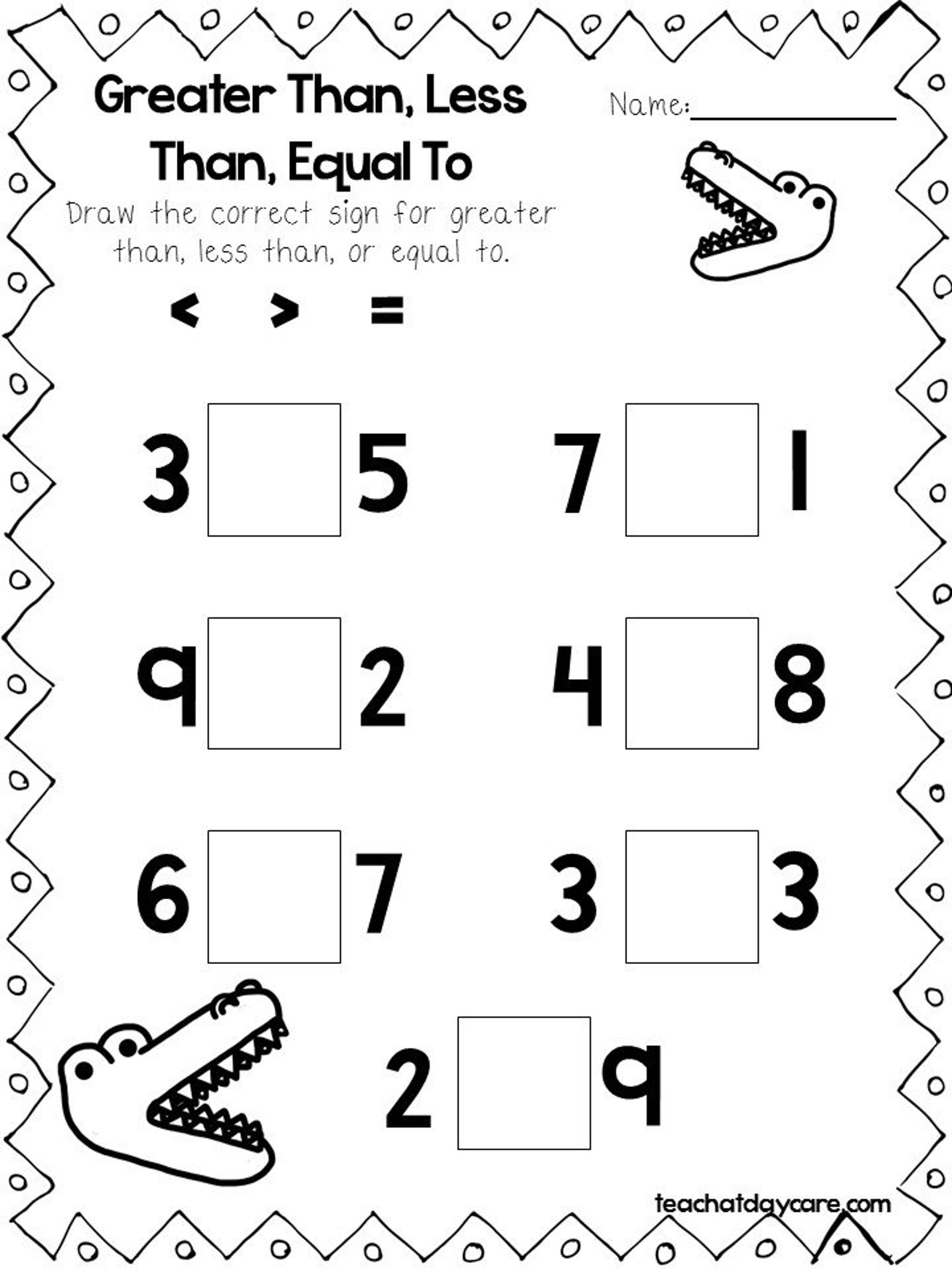

Such spacing will vary according to the elements being set. Good mathematical spacing helps to indicate grouping: things that are more closely related should be set more tightly than things that are less closely related. Mathematics isn't simply read left to right in a machine-like manner, and one should be able to see the parts of an equation if it is properly set.
#More than sign manual#
Put another way, the "jaws" (the wider section of the symbol) always direct to the larger number.To supplement the AMA's recommendations (noted in Polygnome's answer), I offer the following style guide recommendations.įrom The Chicago Manual of Style, sixteenth edition (2010):ġ2.15 Basic spacing in mathematics. In an inequality, the less-than sign and greater-than sign always "point" to the smaller number. Unicode provides various Less Than Symbol: Symbol The less-than-or-equal-to sign, ≤, may be included with ≤. The less-than sign may be included with <. In HTML (and SGML and XML), the less-than sign is used at the beginning of tags. Less-than sign is used in the spaceship operator. In the R programming language, the less-than sign is used in conjunction with a hyphen-minus to create an arrow ( <-), this can be used as the left assignment operator.
#More than sign windows#
In Bourne shell and Windows PowerShell, the operator -le means "less than or equal to". and <= both mean "less than or equal to". In Prolog, =< means "less than or equal to" (as distinct from the arrow <=).
#More than sign code#
In Sinclair BASIC it is encoded as a single-byte code point token. In BASIC, Lisp-family languages, and C-family languages (including Java and C++), operator <= means "less than or equal to". ASCII does not have a less-than-or-equal-to sign, but Unicode defines it at code point U+2264. The less-than sign with the equals sign, <=, may be used for an approximation of the less-than-or-equal-to sign, ≤. In Bash, << Less-than plus ampersand ( <&) is used to redirect from a file descriptor. Less-than sign is used to redirect input from a file. In Bourne shell (and many other shells), operator -lt means "less than". means "less than" later versions allow <. In BASIC, Lisp-family languages, and C-family languages (including Java and C++), comparison operator < means "less than". ASCII does not have angle brackets but are standard in Unicode ( U+2329 〈 LEFT-POINTING ANGLE BRACKET). The less-than sign may be used for an approximation of the opening angle bracket, ⟨. The less-than sign, <, is an original ASCII character (hex 3C, decimal 60). Since the development of computer programming languages, the less-than sign and the greater-than sign have been repurposed for a range of uses and operations. Examples of typical usage include 1⁄ 2 < 1 and −2 < 0. In mathematical writing, the less-than sign is typically placed between two values being compared and signifies that the first number is less than the second number. The widely adopted form of two equal-length strokes connecting in an acute angle at the left, <, has been found in documents dated as far back as the 1560s. The less-than sign is a mathematical symbol that denotes an inequality between two values. U+2A7D ⩽ LESS-THAN OR SLANTED EQUAL TO used e.g.#More than sign plus#



 0 kommentar(er)
0 kommentar(er)
